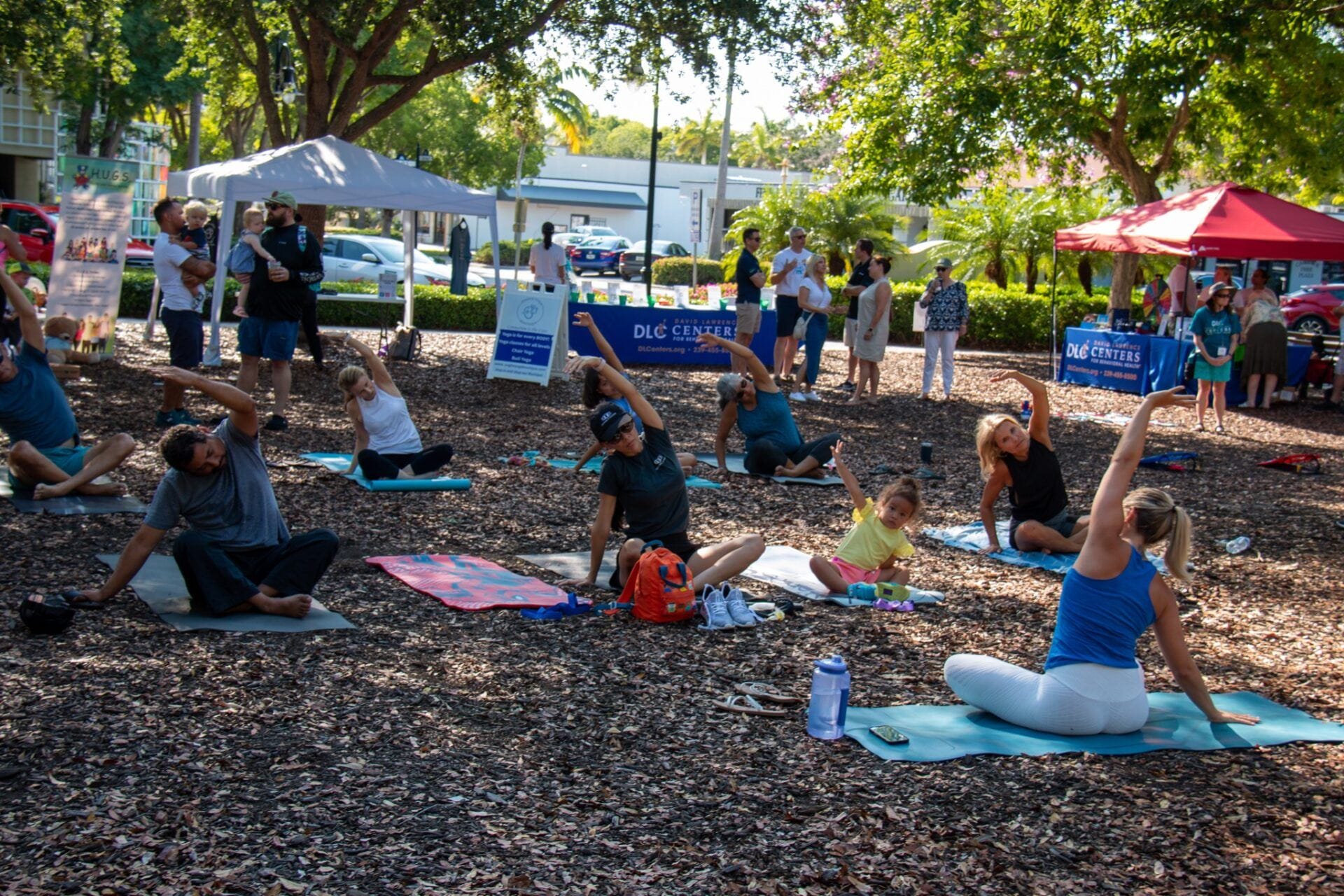David Lawrence Centers April is National Alcohol Awareness Month which provides organizations in the substance use field with an opportunity to encourage local communities to focus on alcohol abuse and addiction and its impact on society. Alcohol abuse is prevalent within many demographic groups. People who abuse alcohol can be college students who binge drink at local bars and house parties, pregnant women who drink and put their babies at risk for fetal alcohol syndrome, professionals who drink too much after a long day of work to relieve stress and senior citizens who drink out of loneliness and boredom. According to the 2007 National Survey on Drug Use and Health, slightly more than half of Americans aged 12 or older reported being current drinkers of alcohol and 23.3 percent (57.8 million) admitted to participating in binge drinking within in the past 30 days.
Drinking too much increases your chances of being injured or even killed. Alcohol is a factor, for example, in about 60% of fatal burn injuries, drownings, and homicides; 50% of severe trauma injuries and sexual assaults; and 40% of fatal motor vehicle crashes, suicides and fatal falls. Heavy drinkers have a greater risk of liver disease, heart disease, sleep disorders, depression, stroke, bleeding from the stomach, sexually transmitted infections from unsafe sex and several types of cancer. They may have problems managing diabetes, high blood pressure and other conditions. Drinking during pregnancy can cause brain damage and other serious problems in the baby. Despite these risks, the National Institute of Health reports that in the United States, about 18 million people have a diagnosed addiction disorder and about 30 percent of adults drink at levels that elevate these risk factors.
Alcohol abuse and addiction doesn’t just hurt the person who abuses substances either. Substance abuse is a major burden to society. The National Institute on Alcohol Abuse and Alcoholism estimates the total overall costs of alcohol abuse in the United States – including health and crime-related costs as well as losses in productivity – to be $185 billion. Staggering as these numbers are, they do not fully describe the breadth of deleterious public health and safety implications, which include family disintegration, loss of employment, failure in school, homelessness, domestic violence, child abuse and other crimes.
Unfortunately, during tough economic times, more people than usual turn to alcohol and drugs to relieve stress and escape from their worries. According to a recent Naples Daily News article, unlike many local businesses whose sales are down as a result of the economic downturn, alcohol sales in Southwest Florida have remained steady or better with some local stores reporting as much as an 8 percent increase over last year.
So what is the good news? Addiction is a preventable disease. Research shows that prevention programs that involve families, schools, communities and the media are effective in reducing alcohol and drug abuse. Although many events and cultural factors affect substance use trends, when youths perceive substance use as harmful, they reduce their consumption. It is necessary, therefore, to help youth and the general public to understand the risks of drug and alcohol abuse and for teachers, parents, and healthcare professionals to keep sending the message that addiction can be prevented if a person never abuses alcohol and drugs.
More good news is that intervention and treatment programs work and help is always available in our community. Free substance use screens are available for adolescents at the Collier County Juvenile Assessment Center (239-774-3927) and for adults at the David Lawrence Centers (239-643-6101 extension 2209 or www.davidlawrencecenter.org).




